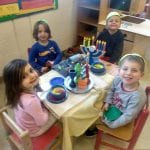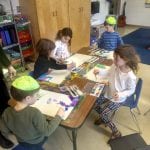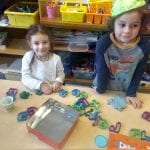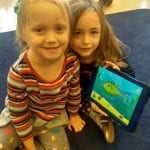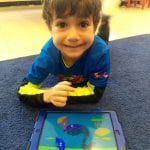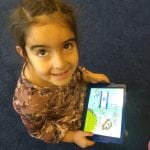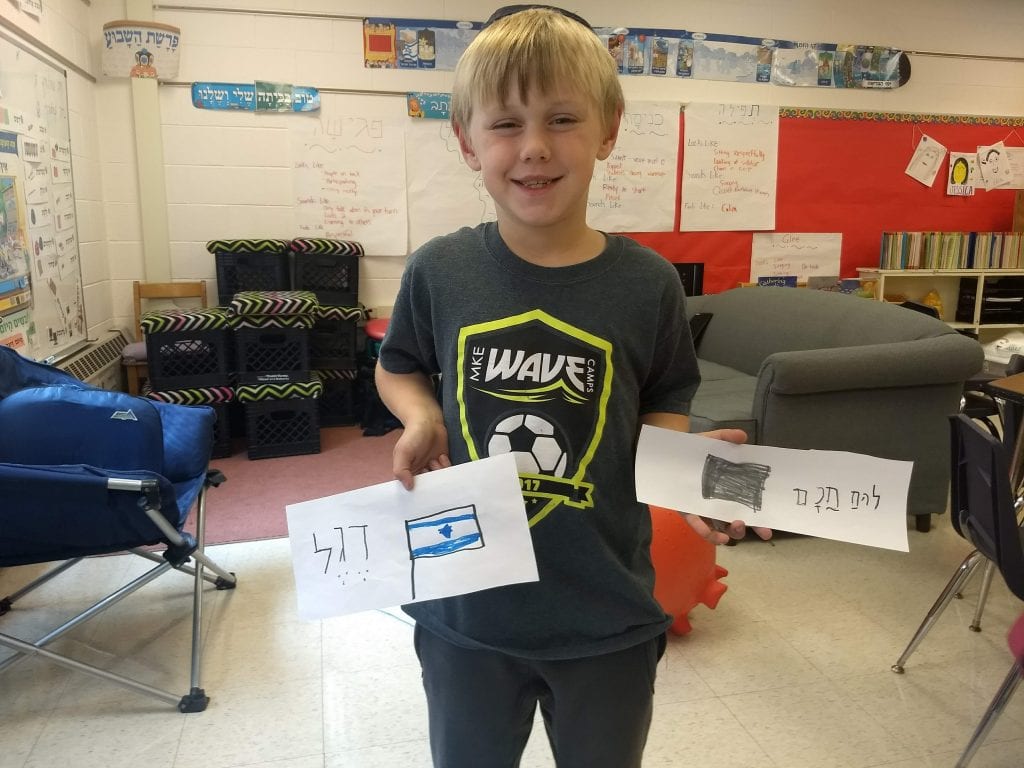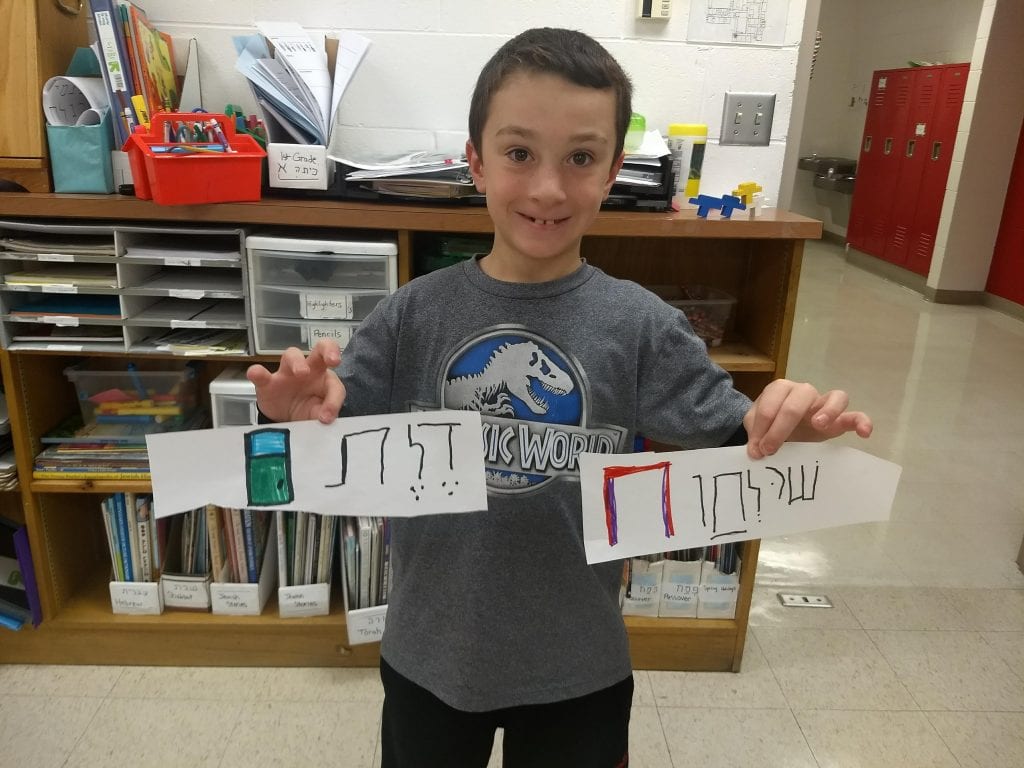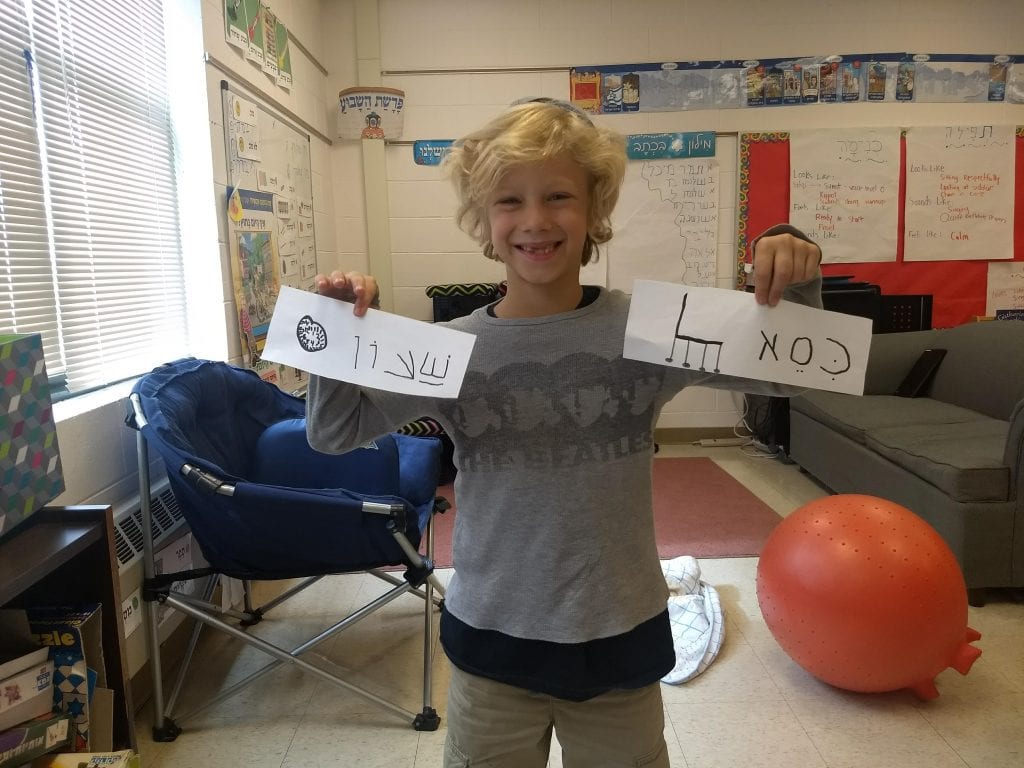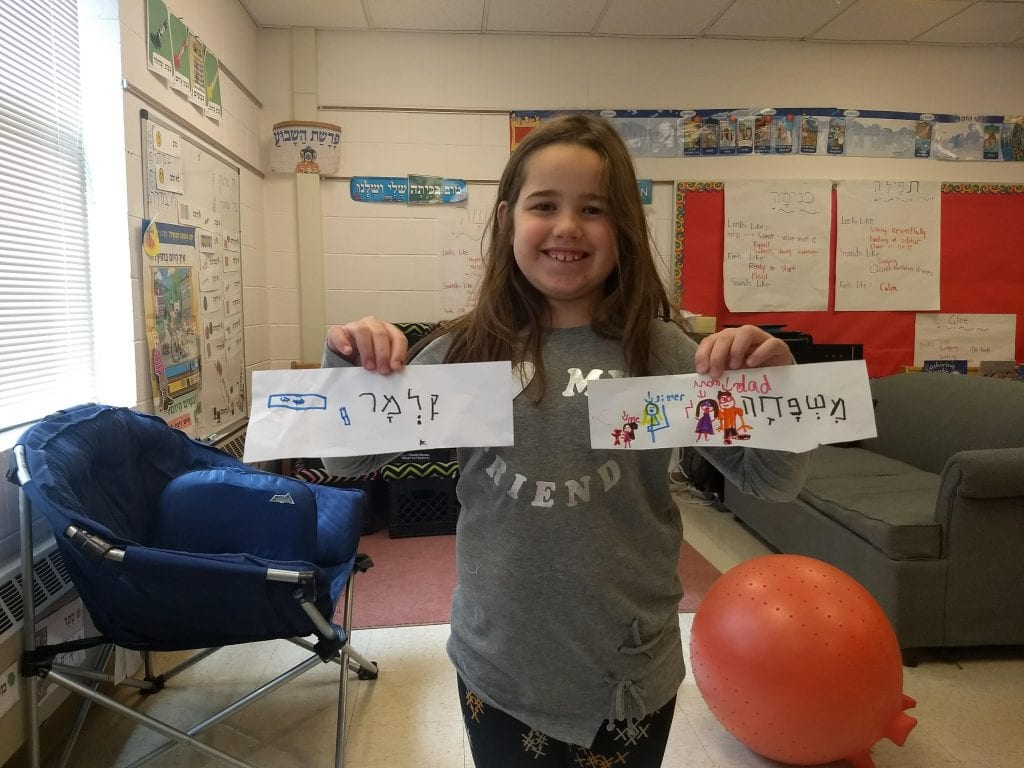Another fun filled week in Kita Aleph. The kiddos learned the letter Daled this week. We also are reviewing the vowel that makes the “ee” sound. Check out our morning meeting where we sing the Aleph Bet, but make sure to listen for the second part where we sing each letter with the vowel EE sound.
This week, we had many conversations of kindness and what is means. We read the story One Good Deed, and discussed the idea that these acts of kindness were not only done without anyone asking them to do something kind, but more importantly, they were done with no expectation of reward.
In relation to this kindness conversation, we also talked about the idea that sometimes, when people are down or going through something hard, it’s not our job to know what’s wrong, but it IS our responsibility to make others feel better and cheer them up. Some kids shared about times in their lives when they needed others to cheer them up.
I explained to them that a Jewish community in Pittsburgh is going through a hard time, and someone did something to them that was very mean. I explained to the children that it’s not our job to know all of the details, but that it’s a great mitzvah to send letters to the community that will cheer them up. We talked about what kind of words will cheer people up. The kids made letters of beautiful drawings and one word on each letter. Some words included “Strength”, “Hope” and “Love”. Make sure to ask your child what word he or she had.
Finally, we learned an exciting Parsha again today (aren’t they all exciting? ) Toldot! Here are some Parsha questions for you to quiz your child on at home:
How many children did Yitzchak and Rivka have and what was special about them? (2-TWINS)
What color hair did Esav have (red)
What did Ya’akov put on his arms to make them feel like Esav’s arms? (Goat Skin)
What did Ya’akov still from his brother Esav? (A blessing)
What happened to Yitzchak when he got old? (He was blind)
What did Rivka tell Ya’akov to do at the end of this parsha (Run away)
Challenge questions:
What does Ya’akov’s name mean and why? (It means heal, and it is taught that he was holding onto his twins brothers heal when he was born)
With whom did Ya’akov go live at the end of the Parsha (with Rivka’s brother Lavan)
